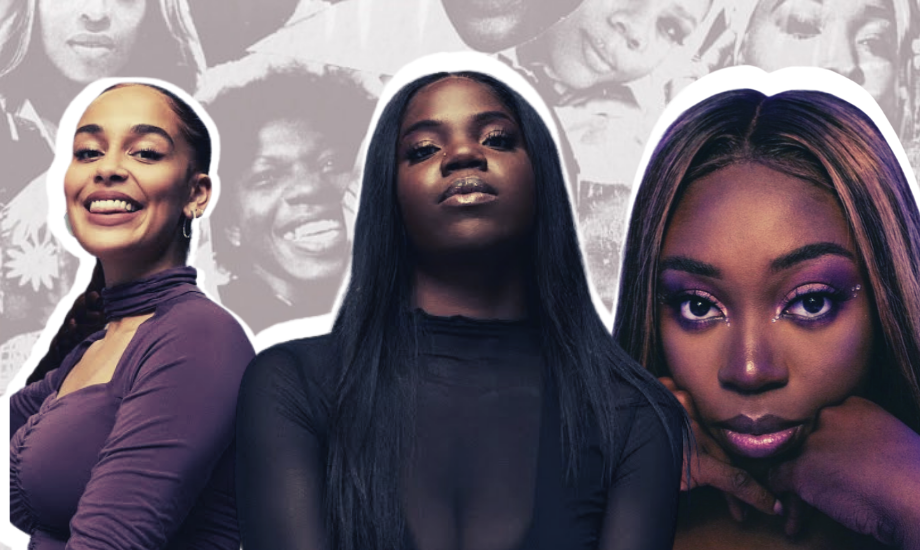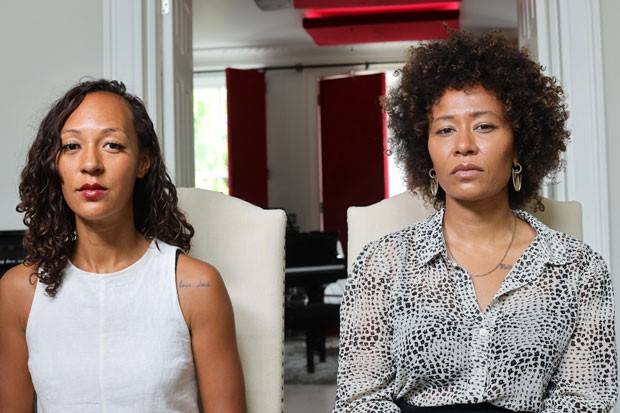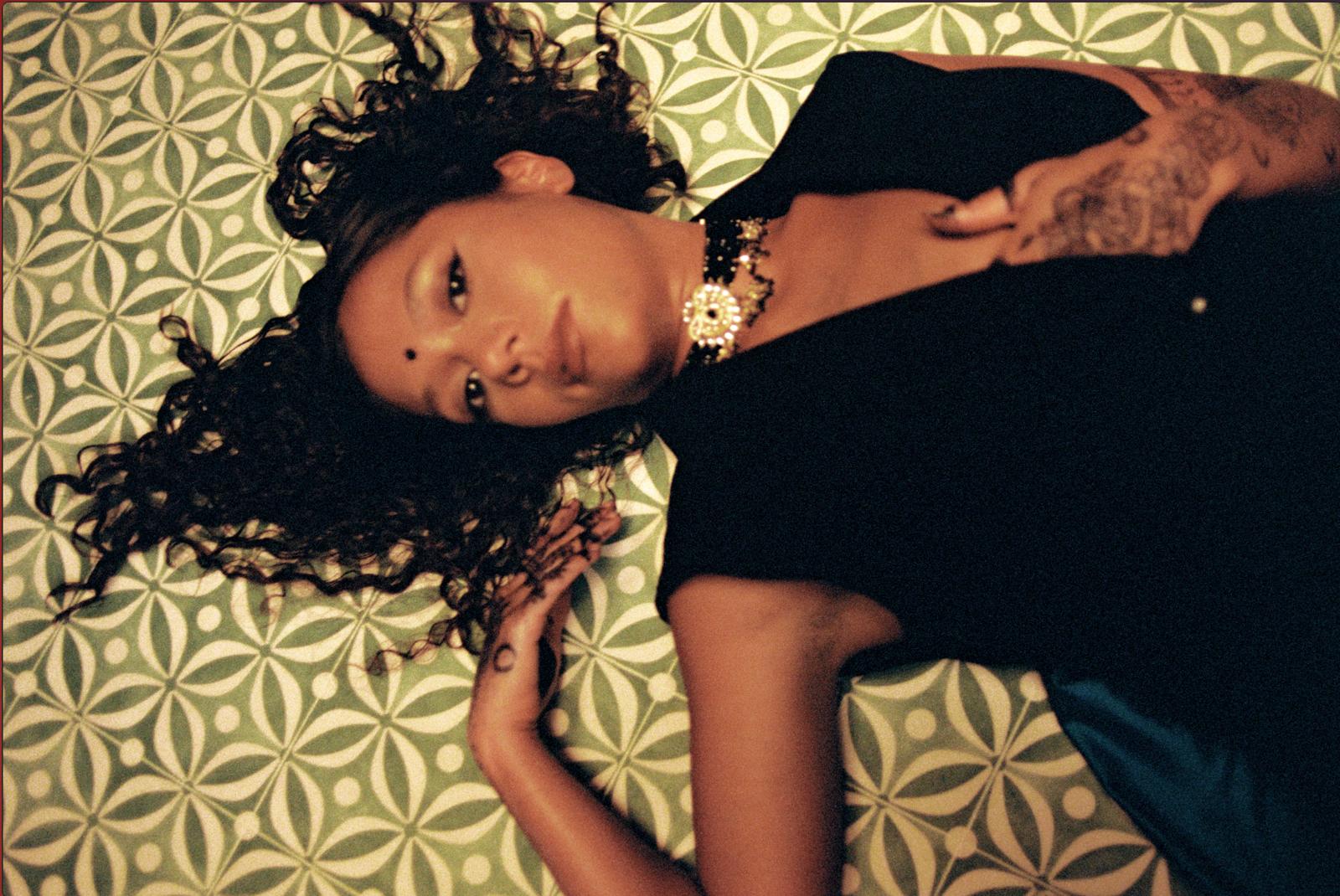
Post-Lemonade, we are optimistic about the future of diversity and representation in music videos. But we cannot forget the struggles that women of colour faced, and still do, in the music industry. Not long ago, the image of the “Video Vixen” was the most visible image of WoC in music videos. This has no doubt had an effect on the images we see today.
In a time before YouTube, and when MTV still stood for Music Television, video vixens were hyper-visible. Establishing their presence in the late 1990s and the 2000s, large groups of women who were visibly Black and/or racially ambiguous regularly appeared in hip-hop music videos (alongside other genres) as backing dancers for male artists. They were given the name ‘Video Vixens’. Also known by viewers as ‘hip-hop honeys’ or ‘video hoes’, video vixens were racialised, gendered and objectified. In her memoir, Confessions of a Video Vixen, Amber Johnson likened models like herself to Saartjie Baartman. She believed that, “The Vixen and the Venus together reveal the contested presence, and more often, absence, of the Black woman’s body in history”.
It’s an easy feat to name popular male artists whose videos have publicised the image of the video vixen. We can recall videos by Jay-Z, Snoop Dogg and Sisqo’s infamous ‘Thong Song’, but their directors are less well known. Hype Williams, who directed some of Missy Elliott’s most iconic video, ‘The Rain’, ‘She’s a Bitch’, was the go-to director for music videos that depicted lavish hip-hop lifestyles, and featured video vixens as a rudimentary element in the aesthetic of the video. Let us not forget Paul Hunter, who directed Biggie’s ‘Hypnotize’ and Director X, who directed Mystikal’s ‘Shake Ya Ass’, and Nelly’s ‘Hot in Herre’. These directors were men, creating videos with a purely male gaze. Sadly Missy Elliott was an exception. Despite a highly visible female presence in videos, women were often limited to the role of eye candy.
Colourism in music videos although widely recognised as an issue, is still accepted. Light-skinned, mixed race women were regularly featured together as video vixens. Their ethnicities were highly ambiguous, which added to the anonymity, exoticism, and mystery of their image. It was and still is rare to see dark-skinned models at the forefront of a music video, or in a large group. Even recently, ‘Frontin’’ star, model Lanisha Cole posted a video with Pharrell, in which she thanked him for casting a dark-skinned model as the star of his video. We shouldn’t still have be thanking people for acknowledging the existence of darker skinned women – we have always existed. In doing so, she reminds the public that our validation remains in the hands of others, not our own.
The video vixen has been constructed over time, and we must remember that the women in the videos are models who are doing their job. Unwilling to be defined by other people, former model Melyssa Ford found power in “sell[ing] fantasy”. Johnson described herself as “an agent of [her] sexuality”. Another former video vixen, Karrine Steffans capitalised on her experiences and released a best-selling book. Many female artists have worked with and against the video vixen label over the past two decades. In particular, Black female artists have often been pigeonholed as either “resisting” or “conforming”, and pitted against one another.
Lauryn Hill empowered women in ‘Doo Wop’, yet also called out girls with, “hair weaves from Europeans, fake nails done by Koreans”; Lil’ Kim was probably one of those girls Lauryn was talking about. She is viewed as both the Queen VV (characterising ‘conformity’), and a female empowerment icon. Interchanges between objectifying herself and others, and empowering herself and others in her videos, ‘How Many Licks‘, ‘Crush on You‘, and ‘Can’t Hold Us Down‘. It is possible to be both – as performer and viewer.
Today, the term ‘Video Vixen’ has been reclaimed by many WoC who use it to define themselves on social media – their posts are politicised and their online presence becomes a radical move away from typical Eurocentric ideals. The way we consume music and accompanying videos has changed to the point where channels such as MTV barely play them anymore. Anyone with internet access can make a YouTube or Instagram account – the roles of creator and consumer have been blurred. Now anyone can be a video vixen if they want to be, without the need for external validation. WoC are now the consumers, creators and stars or our own visual work. We are liberated from previous constraints and now are free to create the images and editorials in a way they deem fit.
The image of the video vixen, as we knew it, no longer exists. Some believe it died, along with lavish music videos, along with the world economy, in 2008. We cannot ignore that music videos still feature objectified WoC, but we are witnessing change. In an interview with The Lenny Letter, Melina Matsoukas, the first woman of colour to win a Grammy Award for directing a music video, upon winning said, “It’s so insane how few female directors there are. And then female women of colour directors as well. It’s not a dying breed maybe a growing breed.” More recently, she directed Beyoncé’s ‘Formation’ – a video which veers away from the monolithic image of the Black video girl, forcing upon the viewer a range of visible and differing identities.
In the UK, Grace Ladoja has been behind many of the videos from FKA twigs and Skepta. She recently directed Skepta’s ‘Ladies Hit Squad’ video. It features Skepta, D Double E and A$AP Nast, along with many female models. It depicts the classic luxury pool party vibe, with the usual lingering pans over models’ body parts. This video manages to bring back the former construct of the video vixen, but not in the way we remember. The models in the video, are individuals with distinct styles. They are ethnically diverse and are not merely backing dancers. Instead, they are the stars of the film – as if the three MCs have crashed their party.
At a time when there has been repeated calls for more diversity in music production, we must extend this call to behind the scenes positions – including the role of video director. Putting a WoC in front of the camera, or giving us the opportunity to voice a track, is very important. But attention should also be paid to who is behind the camera, and who is controlling the images that we see. Sian Anderson and Julie Adenuga ran a series of workshops ranging from journalism to radio production under the name ‘One True Calling’. This gave attendees an insight to the different aspects of the music industry through mentoring and seminars. Alongside E.M.M.A. and Ikonika who ran electronic music production classes for women in conjunction with Fruit Loops, perceptions of women of colour in the music industry is beginning to change.
Although there are still a lot of glass ceilings to break, we are a collective of WoC, aiming to control the different aspects of music production and consumption whilst providing visuals that represent our diversity.
Video VEXens DJ, make videos, and sounds. Their launch night is on Saturday 18th June. 8pm-2am @ HUB16, 24 Stoke Newington Rd, Dalston.









